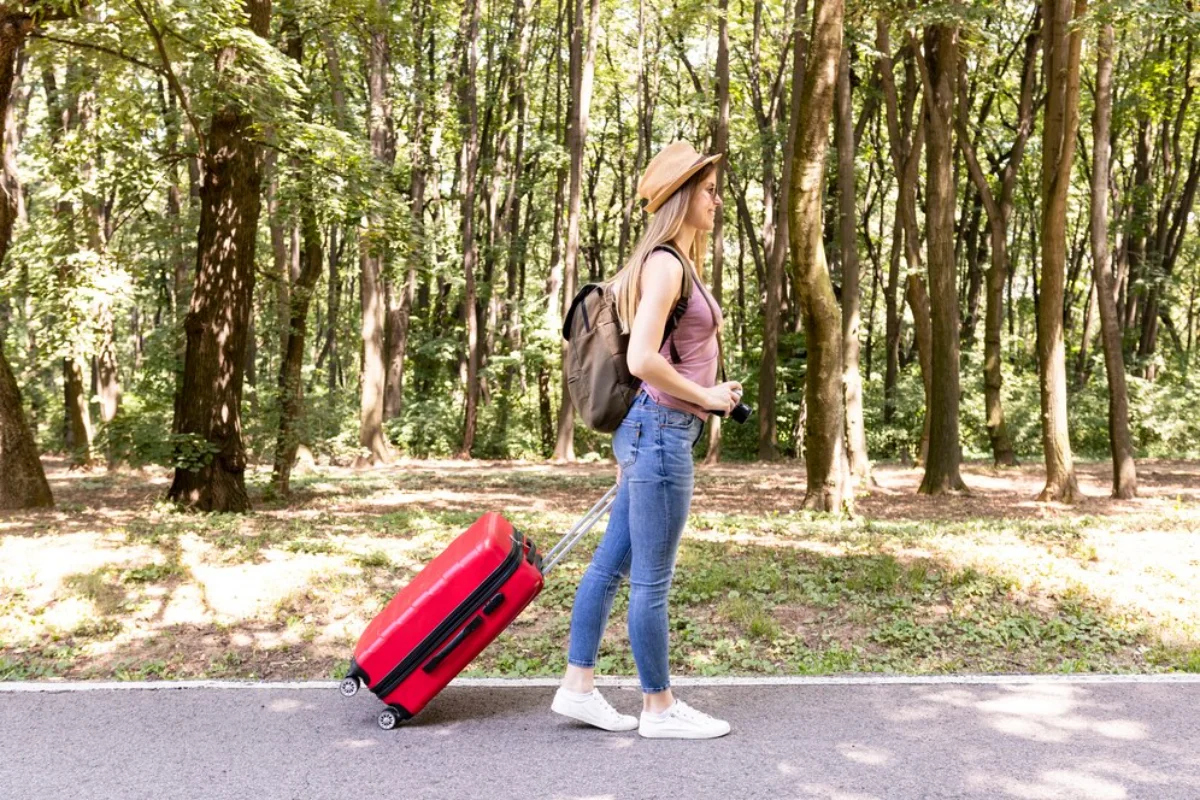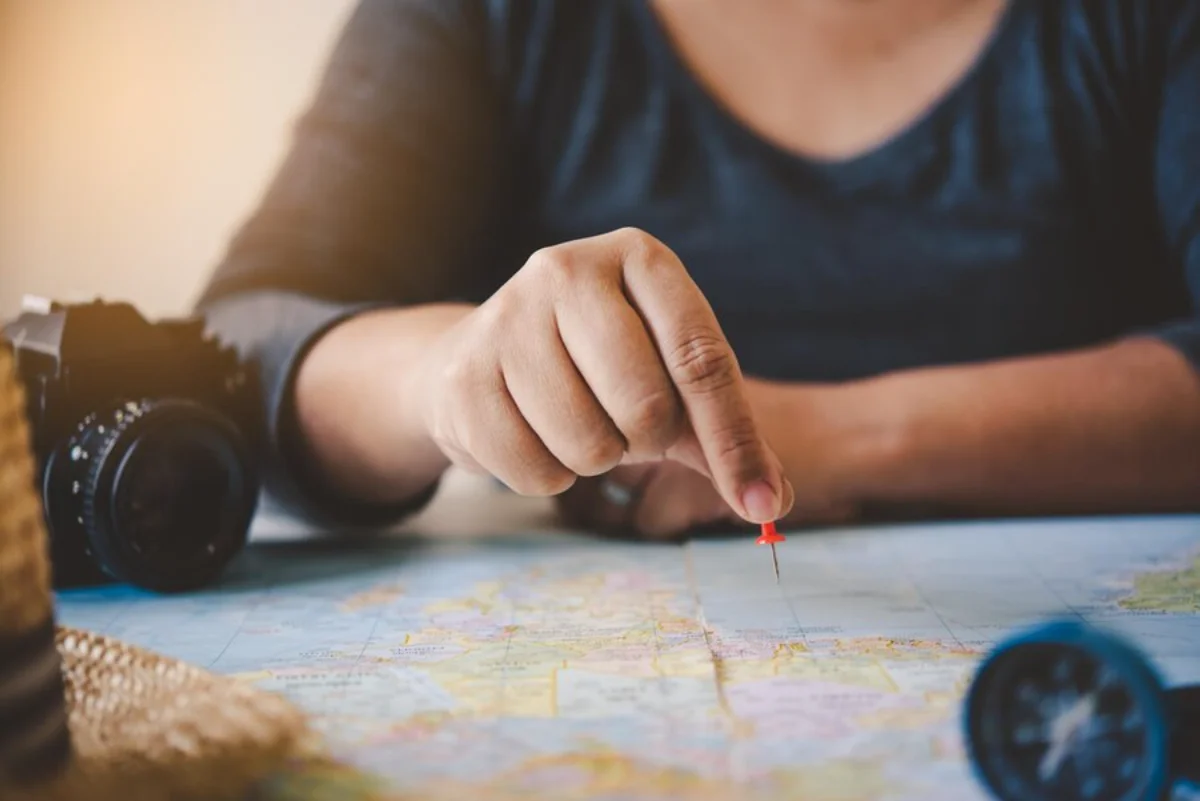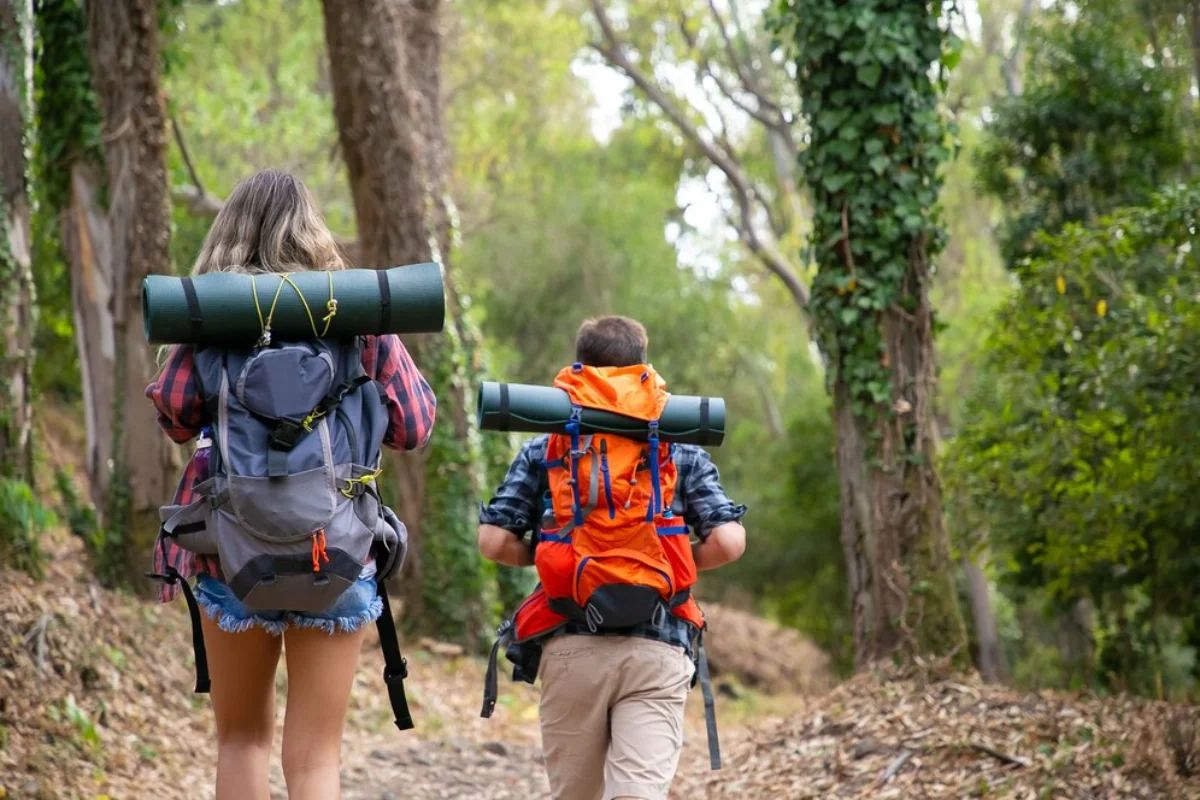
The Art of Slow Travel: Why Less is More
In today’s fast-paced world, the concept of slow travel is gaining momentum as more people seek meaningful and enriching experiences. Unlike traditional tourism, which often focuses on ticking off destinations from a checklist, slow travel emphasises quality over quantity. It encourages travellers to immerse themselves in local cultures, connect with communities, and truly appreciate the journey. This approach not only fosters mindful travel but also promotes sustainable tourism practices. In this blog, we will explore the art of slow travel, its benefits, and why less is indeed more when exploring the world.
Key Benefits of Slow Travel: Why It Matters
Mindful Travel

Slow travel aligns perfectly with the principles of mindful travel. By engaging with the surroundings, travellers can develop a deeper understanding and appreciation of the places they visit. This approach encourages individuals to be present at the moment, fostering a greater sense of awareness and connection with the environment. Mindful travel also allows for more meaningful interactions with locals, leading to authentic cultural exchanges and a richer travel experience.
Unhurried Adventures
In a world where speed is often equated with efficiency, unhurried adventures offer a refreshing alternative. Slow travel allows for a more relaxed pace, enabling travellers to savour each moment without the pressure of adhering to a strict itinerary. This leisurely approach provides ample time for exploration, discovery, and reflection, allowing for a more profound connection with the destination. By embracing unhurried adventures, travellers can uncover hidden gems and experience the true essence of a place.
Deep Travel Experiences
Profound travel experiences are at the heart of slow travel. By spending more time in one location, travellers can delve beneath the surface and comprehensively understand the local culture, history, and way of life. This immersive approach fosters a greater appreciation for the nuances and intricacies of a destination, leading to more meaningful and memorable experiences. Whether it’s participating in a traditional festival, learning a new skill from a local artisan, or simply enjoying a leisurely stroll through a picturesque village, slow travel offers endless opportunities for deep and enriching experiences.
Step-by-Step Guide to Embracing Slow Travel
Step 1: Plan with Intention

The first step in embracing slow travel is to plan with intention. This involves selecting a destination that resonates with your interests and values and taking the time to research and understand the local culture and customs. Consider choosing a location that offers opportunities for meaningful interactions and experiences rather than focusing solely on popular tourist attractions. Planning with intention ensures that your slow travel journey aligns with your personal goals and aspirations.
Step 2: Prioritise Quality Over Quantity
Regarding slow travel, quality should always take precedence over quantity. Instead of trying to visit as many places as possible, focus on spending more time in fewer locations. This allows for a deeper exploration and a more authentic experience. Prioritising quality over quantity also helps reduce travel’s environmental impact, as it encourages sustainable practices and supports local communities.
Step 3: Embrace Spontaneity
While planning is essential, embracing spontaneity during your slow travel journey is equally important. Allow yourself the freedom to deviate from your itinerary and follow your instincts. Whether taking a detour to explore a hidden trail, joining a local event, or simply enjoying a leisurely afternoon at a café, spontaneity can lead to unexpected and unforgettable experiences. By embracing spontaneity, you can fully immerse yourself in the moment and make the most of your slow travel adventure.
Step 4: Connect with Locals
One of the most rewarding aspects of slow travel is connecting with locals. Engaging with the community allows for a deeper understanding of the culture and way of life and can lead to meaningful friendships and connections. Consider staying in locally owned accommodations, participating in community events, or joining a local tour or workshop. Building relationships with locals allows you to gain unique insights and perspectives that enhance your travel experience.
Step 5: Practice Mindfulness
Practising mindfulness is an essential component of slow travel. This involves being present in the moment, observing your surroundings with curiosity and openness, and appreciating the beauty and uniqueness of each experience. Mindfulness can be practised through simple activities such as journaling, meditation, or simply pausing and reflecting. By cultivating mindfulness, you can enhance your travel experience and create lasting memories.
Additional Expert Tips & Common Mistakes to Avoid

Expert Tips
- Choose Off-Peak Travel Times: Travelling during off-peak seasons can provide a more relaxed and authentic experience, as destinations are less crowded and more accessible.
- Support Local Businesses: Choose locally owned accommodations, restaurants, and shops to support the community and contribute to the local economy.
- Engage in Slow Activities: To explore the destination at a slower pace, consider activities such as hiking, cycling, or taking a leisurely boat ride.
Common Mistakes to Avoid
- Overpacking Your Itinerary: Avoid cramming too many activities into your schedule. Allow for downtime and flexibility to fully enjoy the experience.
- Relying Solely on Technology: While technology can be helpful, don’t let it distract you from the present moment. Take the time to disconnect and engage with your surroundings.
- Ignoring Local Customs: Respect and adhere to local customs and traditions to foster positive interactions and avoid misunderstandings.
Advanced Insights & Expert Recommendations
Embracing Slow Travel as a Lifestyle
For those genuinely committed to the principles of slow travel, it can become a way of life. This involves integrating the values of mindfulness, sustainability, and intentionality into everyday routines and decisions. By adopting a slow travel mindset, individuals can cultivate a more meaningful and fulfilling relationship with the world around them, both at home and abroad.
The Role of Technology in Slow Travel
While slow travel encourages a break from the digital world, technology can still play a valuable role in enhancing the experience. From apps that connect travellers with local communities to platforms that promote sustainable tourism practices, technology can support and facilitate slow travel in meaningful ways. The key is to use technology mindfully and intentionally, ensuring it enhances rather than detracts from the experience.
Slow Travel
The art of slow travel is about embracing a more mindful, intentional, and enriching approach to exploration. By prioritising quality over quantity, engaging with local communities, and practising mindfulness, travellers can create deep and meaningful experiences that leave a lasting impact. As we continue to navigate an ever-changing world, the principles of slow travel offer a valuable framework for fostering connection, understanding, and appreciation. So, the next time you embark on a journey, consider the art of slow travel and discover why less truly is more.


